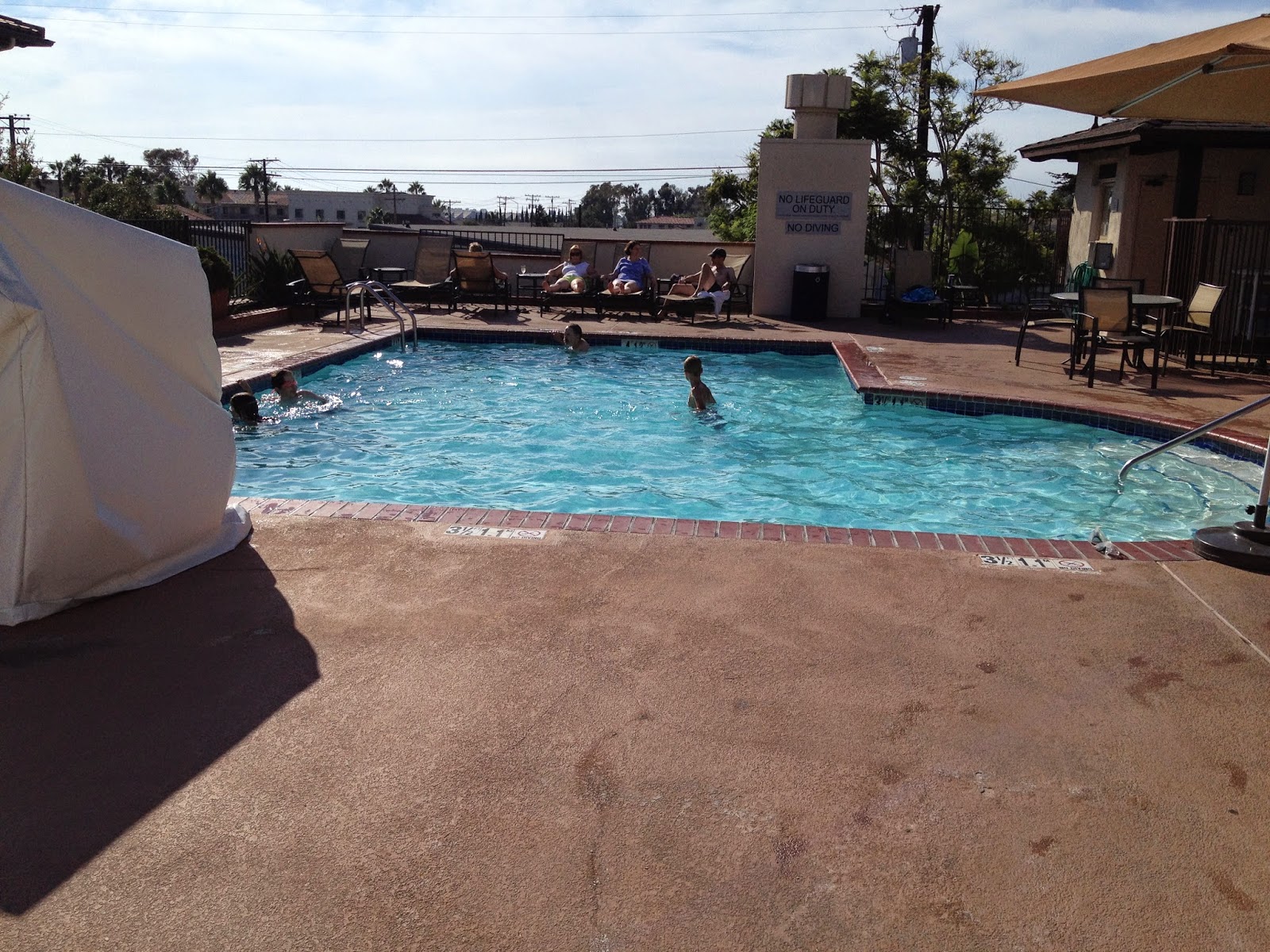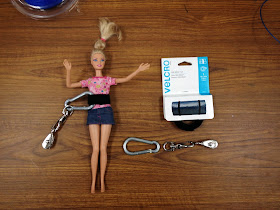Kate wrote a great post the other day about some teachers coming out of TMC14 feeling inadequate. I support Kate's attitude and conclusion:
We are all good at some things and suck at other things. One thing we all share is the recognition that we all have work to do, and that we can all get better, and that focusing on that is worth our time.I believe we need inadequacies and need to feel them at times because they make us better at what we're striving to be: the best teacher for our students. We don't need inadequacies to feel inferior to other teachers or generate some type of MTBoS worth. Here's how I think we all need inadequacies.
I started learning and exploring how to play the guitar in high school. I stunk. My family probably got tired of me playing Deep Purple's Smoke on the Water and Metallica's Enter Sandman all day. The first two riffs (and eventually songs) I learned. However, I practiced. A LOT. When I wasn't playing basketball, I practiced guitar. When I was supposed to be doing homework, I practiced guitar. There were guys at my high school who played guitar and were better. It made me practice more. It made me want to be better at something I loved doing.
When I got into college, my focus on guitar playing was similar. I was a lot better by this time, but still practiced a lot. When I wasn't working or going to class, I practiced guitar. When I was supposed to be studying, I practiced guitar. Then I joined a few bands and we practiced a lot. Not only did I continue practicing by myself, but now I practiced with others. That's awesome. We got better together! I would also jam with other guitarists who were better than me. Sometimes they were better so I learned a lot. Sometimes, I was better so I got to share some things and could relate. Every time I jammed with someone, it was a chance for me to improve at something I loved doing.
I loved going to concerts or watching videos of my favorite guitarists like Jimi Hendrix, Eric Clapton, or Warren Haynes. I wanted to cut my hands off many times because there was no way I would ever be as good as them. However, it only made me want to learn from them, steal some of their licks (guitar moves/techniques), and be the best I could be with their help and inspiration. I remember meeting James Hetfield from Metallica and was star struck. I thanked him for his inspiration. That's all I could muster up the intelligence to say. If I could jam with him I'd probably mess up A TON! But I'd never turn that opportunity down, because I'd learn a lot and he'd push me to get better.
Once during college, I was in Chicago at Kingston Mines blues bar hanging with my cousin. This blues/funk band, Charlie Love, was up there laying down some great songs. I went up at their break to compliment them and they invited me up to do a funk jam with them. I was completely honored and humbled at the same time. Here is this tall white guy trying to play funk with the Chicago blues/funk band and I did not play as well as I could have. However, I was grateful to meet them, I learned a lot from watching them, and it again made me want to go home and practice until my hands fell off.
For me, this connects so well with where I am as a math teacher. I am grateful for many other math teachers who have inspired me. There are many times I feel inadequate. Maybe I've met some of these math teachers and I feel like my brain shuts down. The best I can utter is some number and ignorantly nod my head in agreement. However, meeting inspiration and hanging out with inspiration has made me want to become a better teacher for my students.
Imagine there was an opening at your school and you could hire your teaching colleague. Would you turn down the chance to work alongside:
- Dan Meyer because of his 3-Act creativity?
- Steve Leinwand because he's the Tasmanian Math-devil challenging you to be your best?
- Fawn Nguyen because she cusses and can't afford to not help her students do amazing things.
- Karim Ani because he looks at the world in interesting ways to tell stories and use math to serve them?
- Kate Nowak because she's pioneered blogging and has crazy-cool math stuff?
- Matt Vaudrey because he's willing to grow (or wear) a mullet for a ratios lesson?
- Cathy Yenca or John Stevens because they're integrating 21st century skills in their classrooms?
- Robert Kaplinsky because he writes detailed and amazingly cool PBLs?
- insert name because they inspire you and make you want to be a better teacher?
I recently offered a keep-your-head-up comment somewhere saying,
"Think of the skills you will acquire when making changes."My challenge to you (and myself), if you're feeling inadequate or inferior at any time is to:
- take risks
- be brave
- tap into your influences and inspirations to stretch yourself
- be the best teacher for YOUR students, not the MTBoS.
210













































